Strange beauty routines of the past
Throughout history, humans have gone to extreme lengths in the pursuit of beauty. From peculiar concoctions to downright dangerous practices, the past is filled with fascinating beauty routines. These historical methods often reflect the cultural values and beliefs of different eras, demonstrating the lengths people would go to achieve their desired look. As we delve into these strange beauty secrets, you’ll find that beauty truly is in the eye of the beholder.
The Allure of Ancient Egyptian Kohl
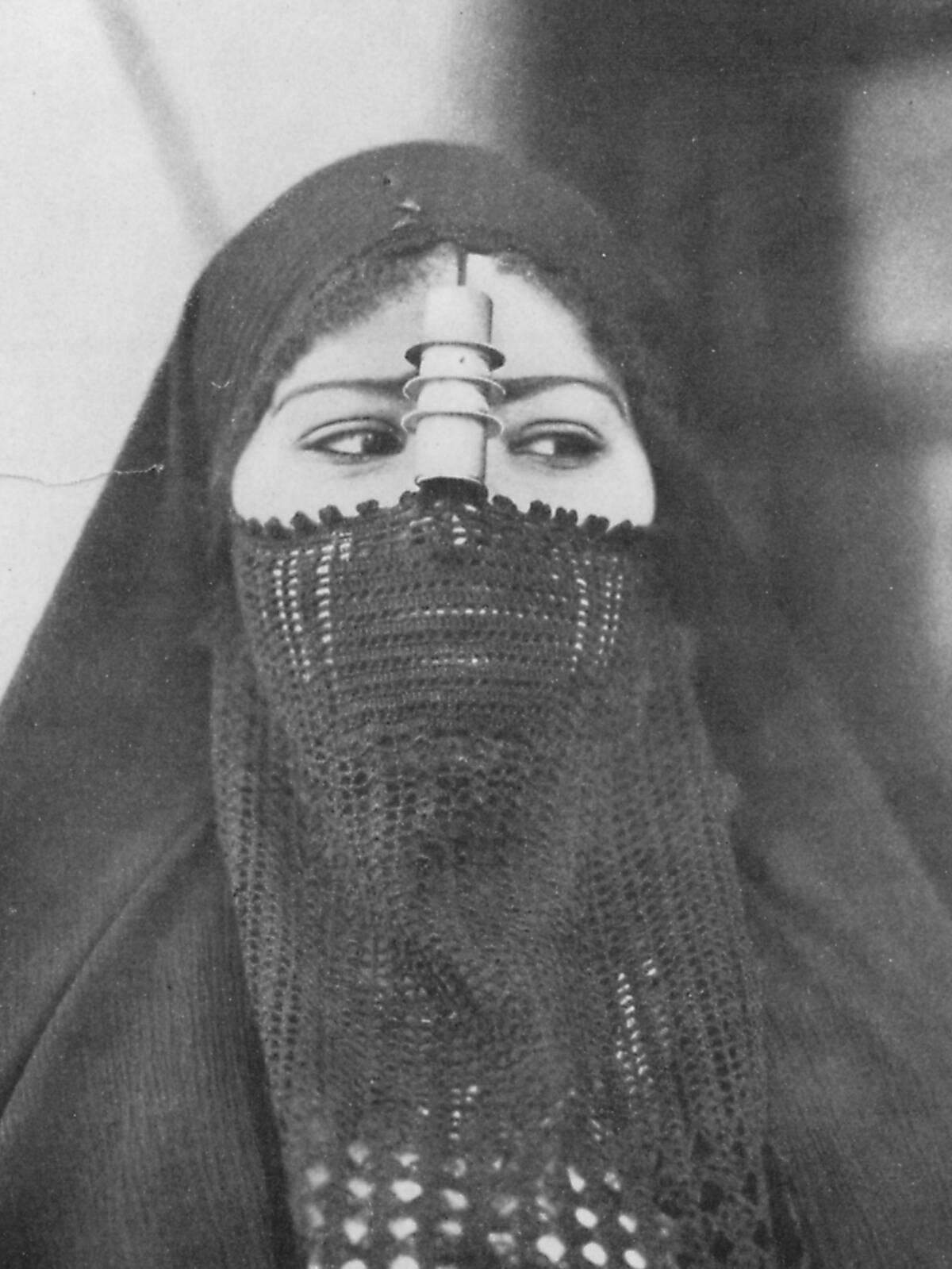
In ancient Egypt, kohl was more than just a cosmetic; it was a symbol of status and protection. Made from a mix of galena, malachite, and other minerals, kohl was applied around the eyes to create a dramatic look. Egyptians believed it protected against evil spirits and the harsh sun. This beauty practice was so revered that both men and women wore it, leaving a lasting impression on makeup trends even today.
Cleopatra’s Milk and Honey Baths
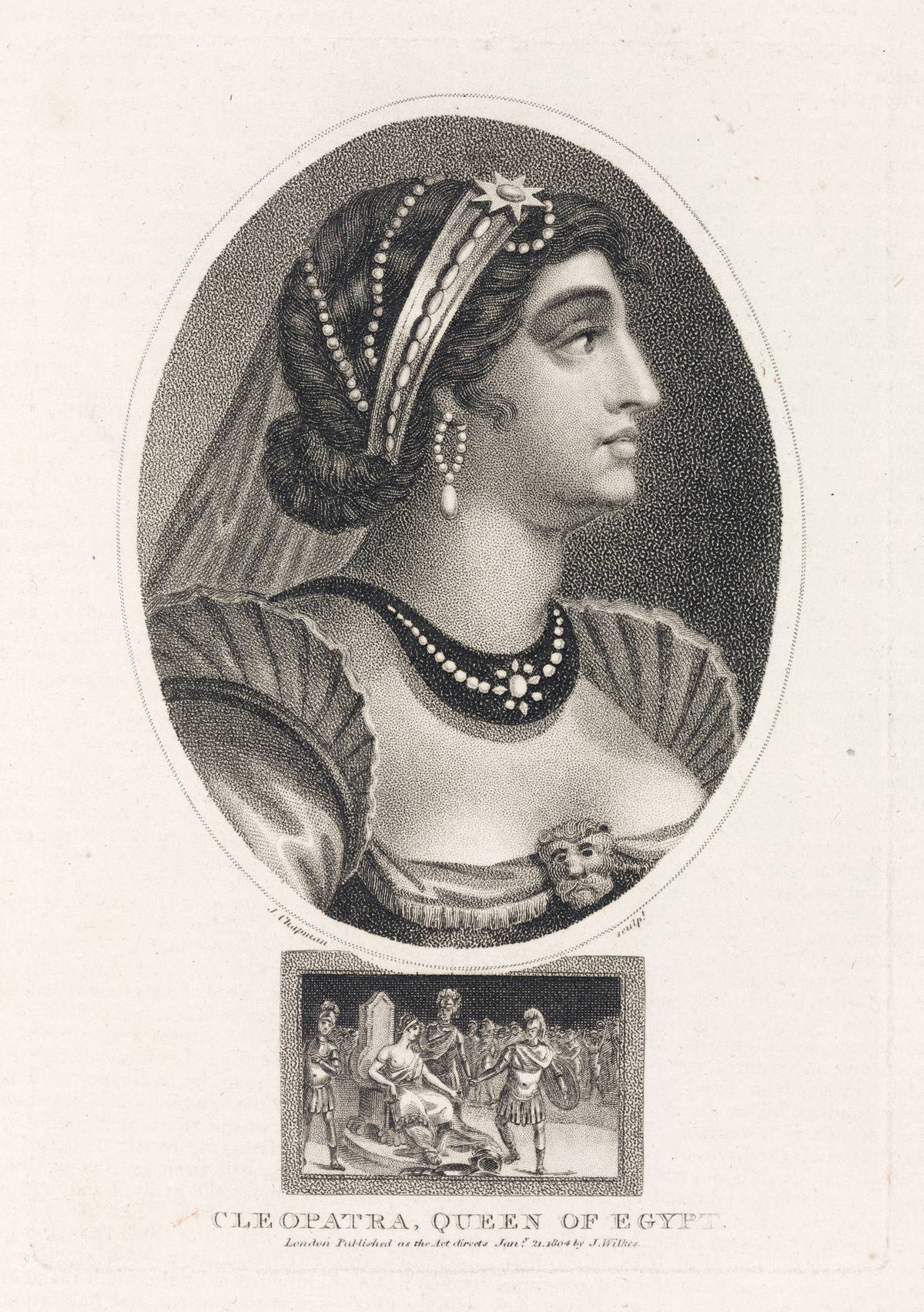
Legend has it that Cleopatra maintained her famed beauty through luxurious milk and honey baths. The lactic acid in milk acts as a gentle exfoliant, while honey is known for its moisturizing properties. This combination was believed to soften the skin and enhance its glow. Cleopatra’s beauty regime has inspired countless modern skincare treatments, showing that some ancient routines stand the test of time.
The Roman Urine Mouthwash
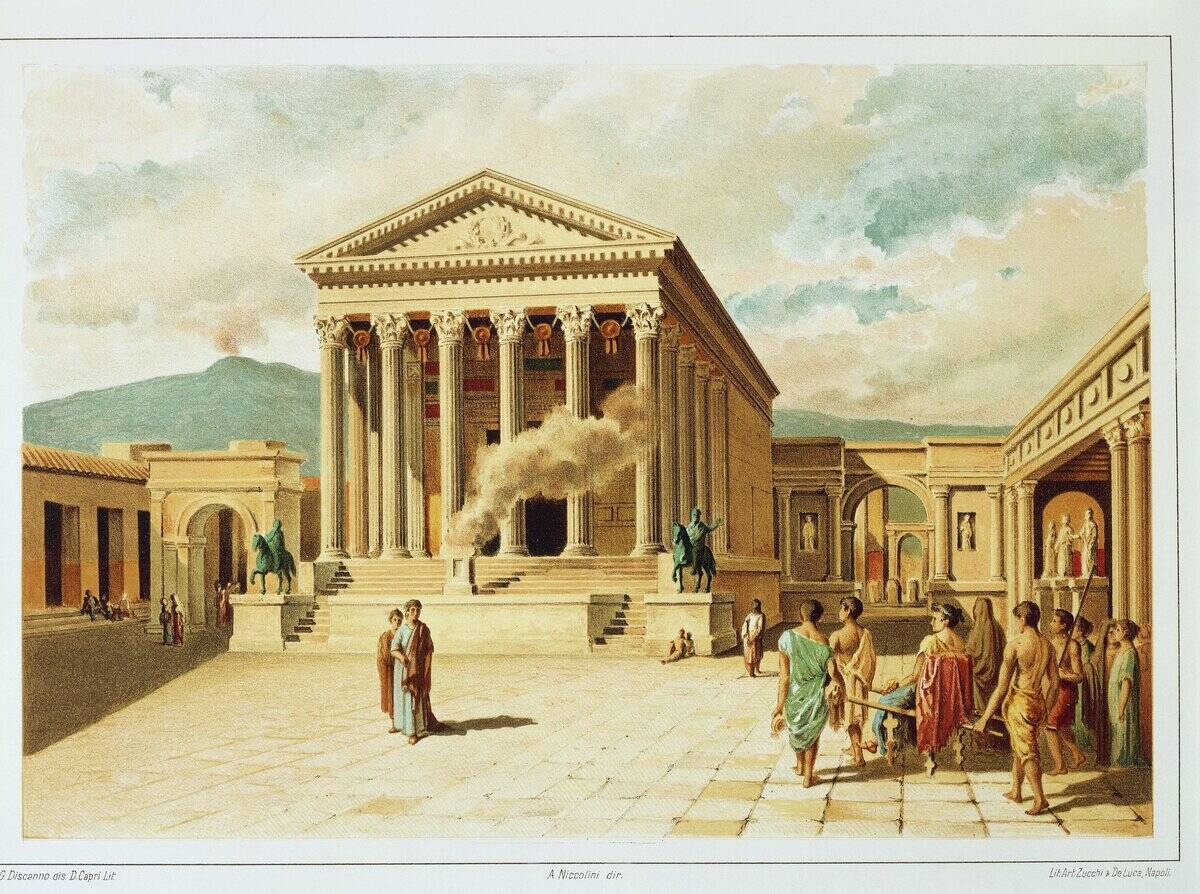
Romans were known for their innovative, albeit unusual, beauty practices, including using urine as a mouthwash. Rich in ammonia, urine was thought to whiten teeth and freshen breath. While it sounds off-putting today, this practice was common among Romans, who valued white teeth as a sign of good health and social status. Thankfully, dental hygiene has come a long way since then!
Elizabethan Lead-Based Makeup
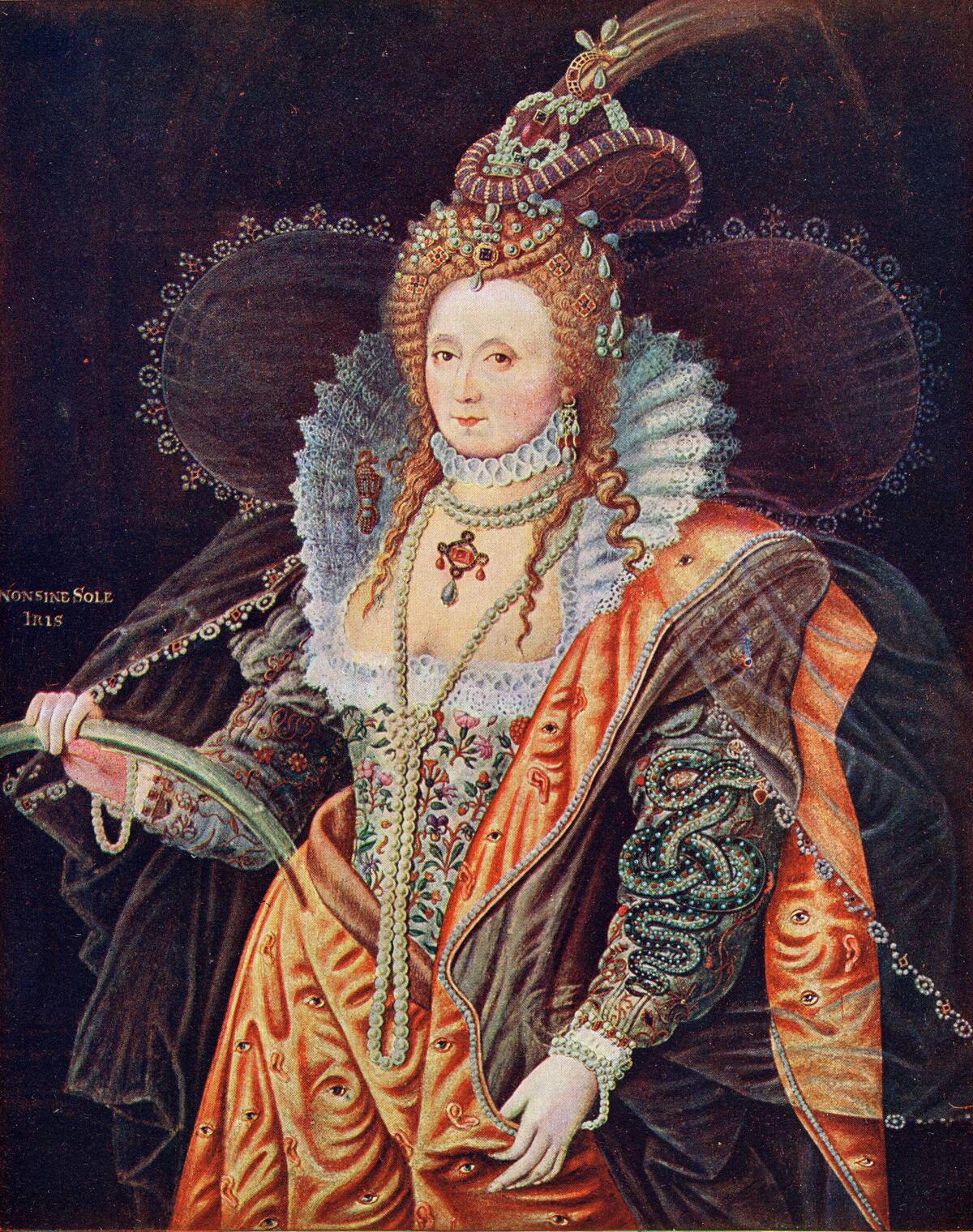
During the Elizabethan era, pale skin was the epitome of beauty, leading women to use lead-based makeup to achieve the look. Known as Venetian ceruse, this toxic mixture was applied to the face to create a smooth, white complexion. Unfortunately, prolonged use caused severe skin damage and health issues. Despite its dangers, this practice highlights the lengths people went to conform to beauty standards of the time.
The Victorian Arsenic Complexion Wafers
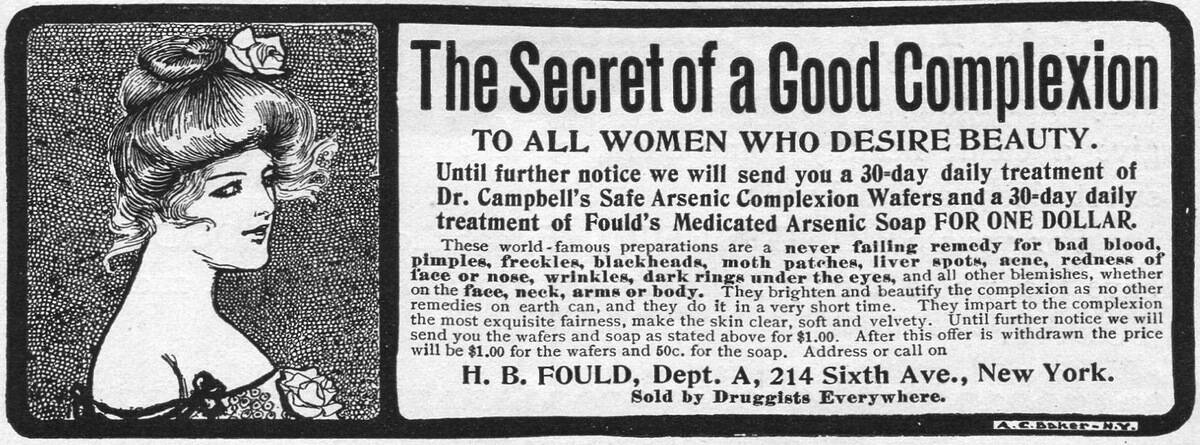
In Victorian times, arsenic complexion wafers were marketed as a way to achieve a fair and youthful complexion. These wafers contained arsenic, a deadly poison, yet were popular among women desperate to meet the era’s beauty ideals. Consuming these wafers often led to severe health consequences, illustrating how societal pressures can drive individuals to take extreme measures in the name of beauty.
Geisha’s Nightingale Droppings Face Mask
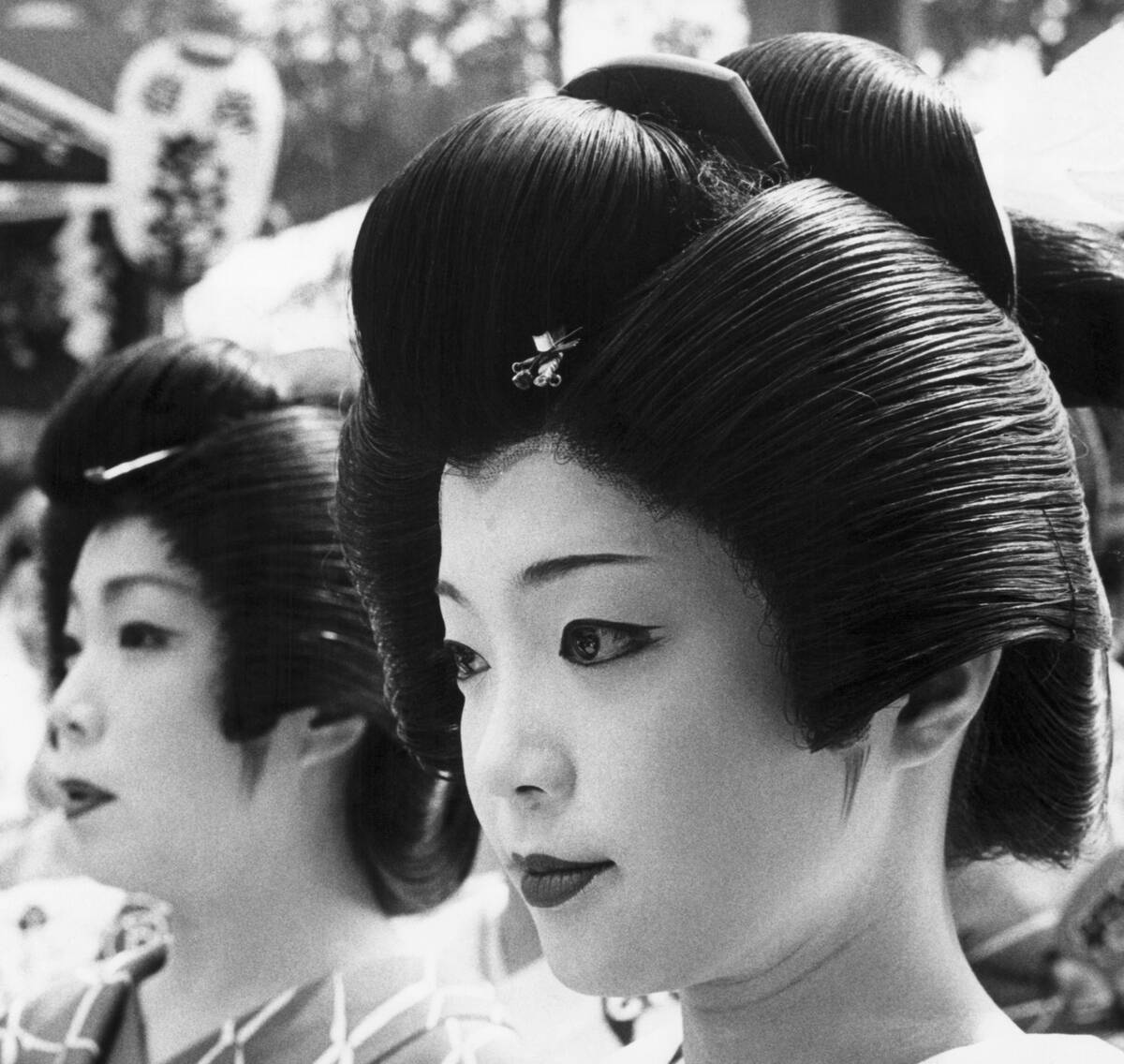
Japanese geisha were known for their flawless skin, which they maintained using an unusual ingredient: nightingale droppings. Rich in urea and guanine, these droppings were believed to exfoliate and brighten the skin. This practice, known as uguisu no fun, might sound strange, but it was highly effective and is still used in some modern skincare treatments today, highlighting the enduring legacy of this unique beauty secret.
The 18th Century Mouse-Fur Eyebrows

In the 18th century, full, expressive eyebrows were all the rage, leading some women to use mouse fur to enhance their brows. After shaving or plucking their natural brows, they would glue strips of mouse fur in their place. This peculiar practice underscores the lengths to which people have gone to conform to beauty trends, even if it meant using unconventional materials.
The Renaissance Era’s Leeches for Complexion
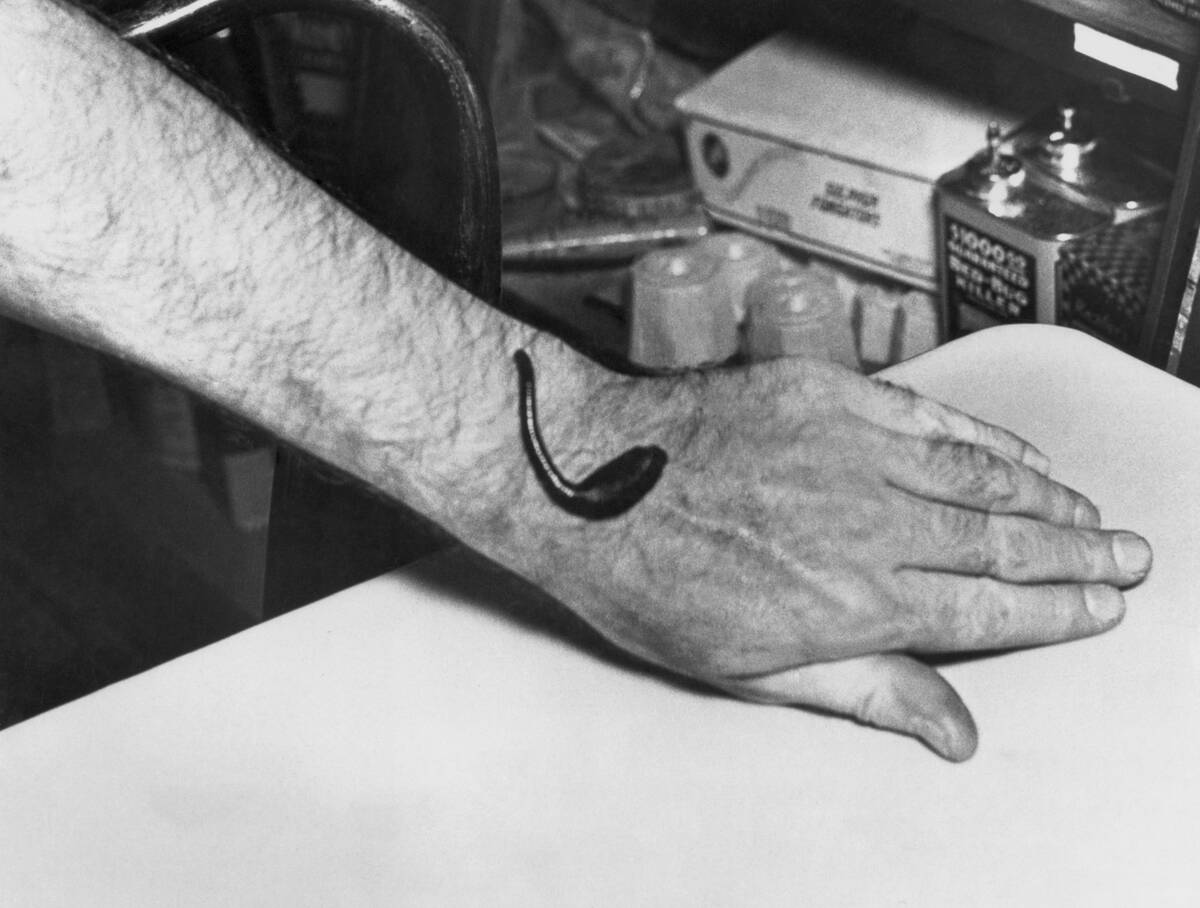
During the Renaissance, women believed that leeches could improve their complexion by purifying the blood. This practice, rooted in medical beliefs of the time, involved placing leeches on the skin to draw blood. While it may sound gruesome, leech therapy was thought to create a healthy, vibrant look. The fascination with bloodletting as a beauty treatment persisted for centuries, reflecting the evolving understanding of health and beauty.
The Medieval Era’s Bloodletting for Beauty

In medieval Europe, bloodletting was a common practice used to balance the body’s humors and promote health, including beauty. It was believed that removing ‘excess’ blood could improve one’s complexion and overall appearance. Though the practice was based on flawed medical theories, it was widely accepted at the time. Today, it’s a reminder of how our understanding of medicine and beauty has evolved.
The Ancient Chinese Foot Binding Practice
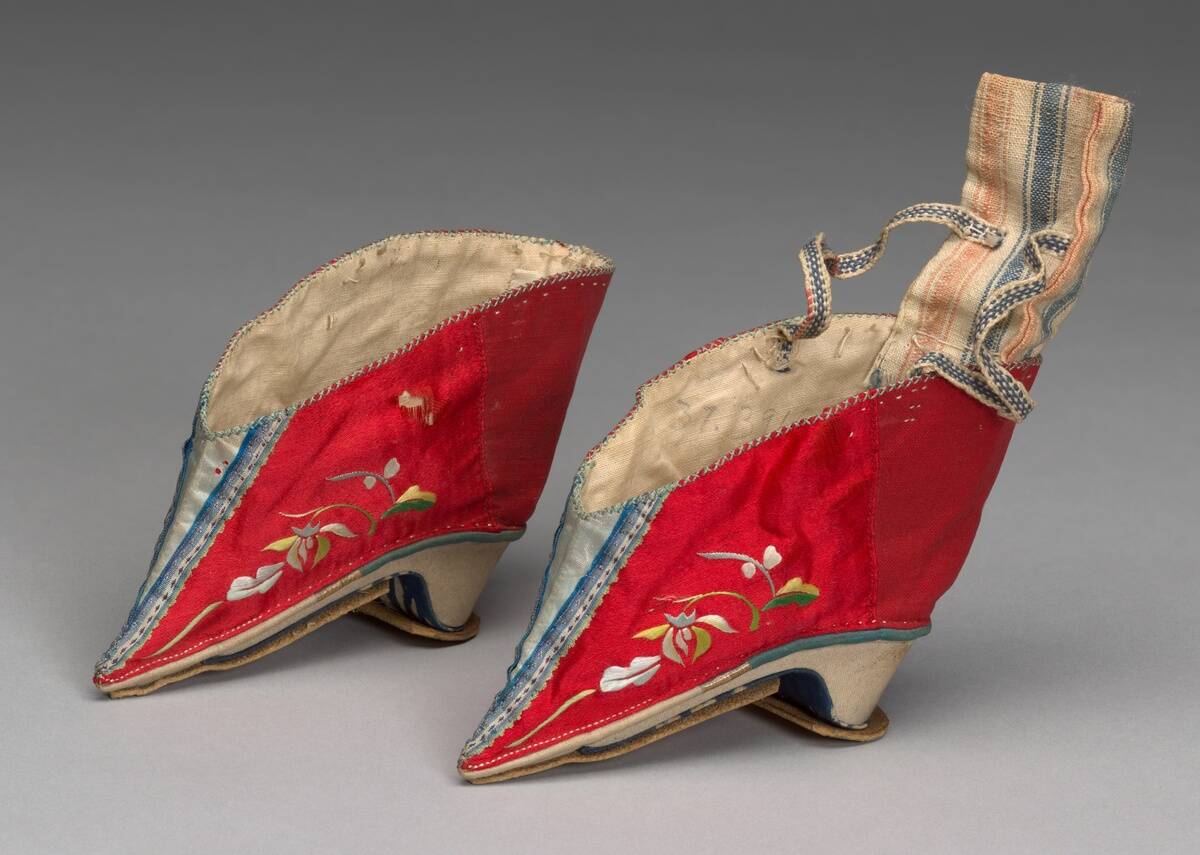
Foot binding was a Chinese tradition that began in the 10th century and persisted for over a thousand years. Small feet were considered beautiful and a mark of high status, leading young girls to have their feet tightly bound. The painful process often led to lifelong disabilities, yet was widely practiced due to its cultural significance. Today, foot binding is viewed as a historical practice with a complex legacy.
The Use of Radium in Early 20th Century Beauty Products
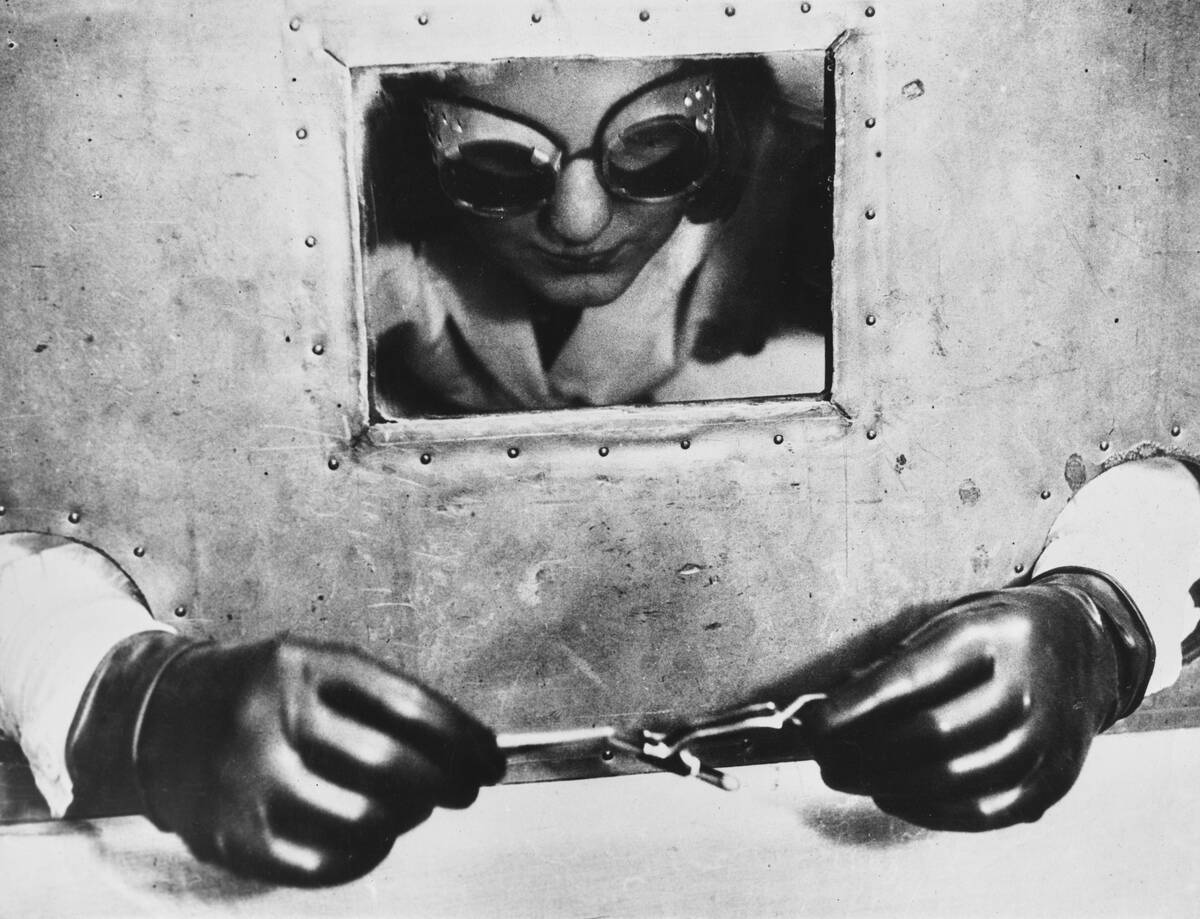
In the early 20th century, radium was hailed as a miracle ingredient and found its way into beauty products. Advertised as a skin rejuvenator, radium-infused creams promised a healthy glow. However, the radioactive element posed serious health risks, and its use in cosmetics was eventually banned. This chapter in beauty history serves as a cautionary tale about the dangers of untested ingredients in skincare.
The 19th Century Belladonna Eye Drops
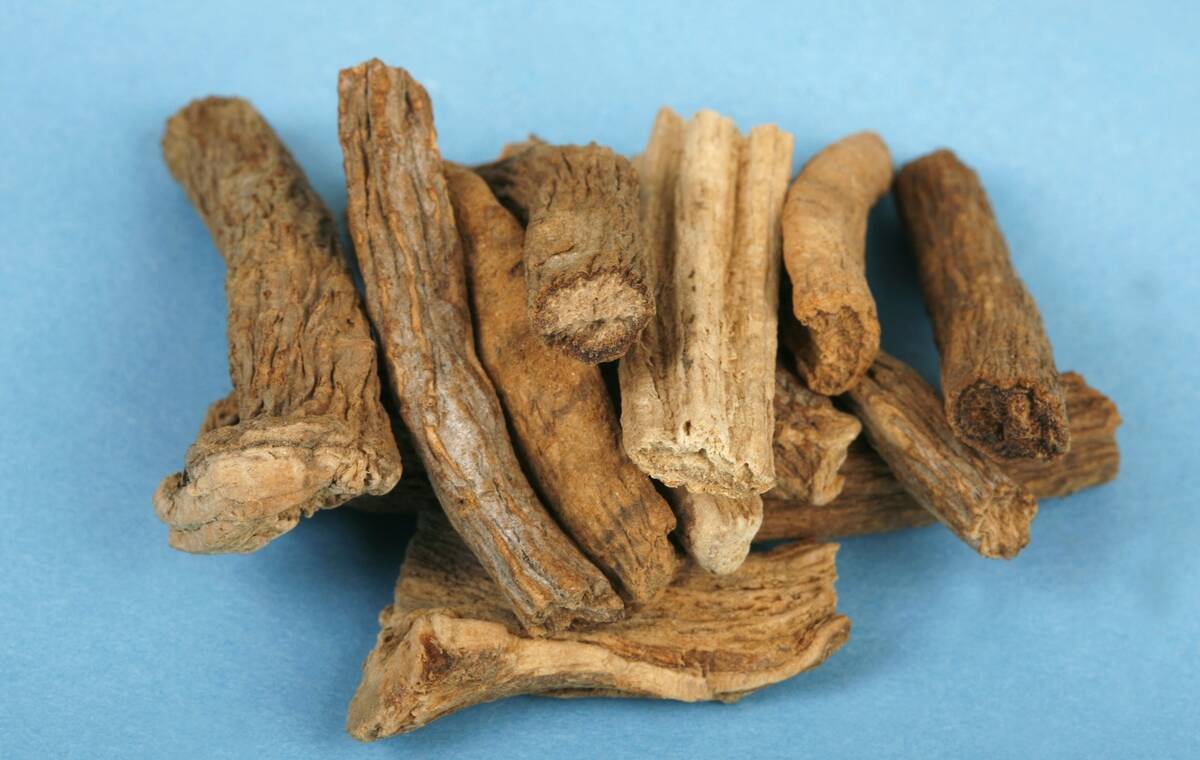
Belladonna, or ‘beautiful lady,’ was used in the 19th century to dilate women’s pupils, giving them a more alluring appearance. However, the drops were made from a highly toxic plant, posing significant health risks. While the practice was popular for its beauty-enhancing effects, it often led to vision problems and other health issues. This trend underscores the sometimes dangerous pursuit of beauty throughout history.
The Mayan Teeth Gemstones
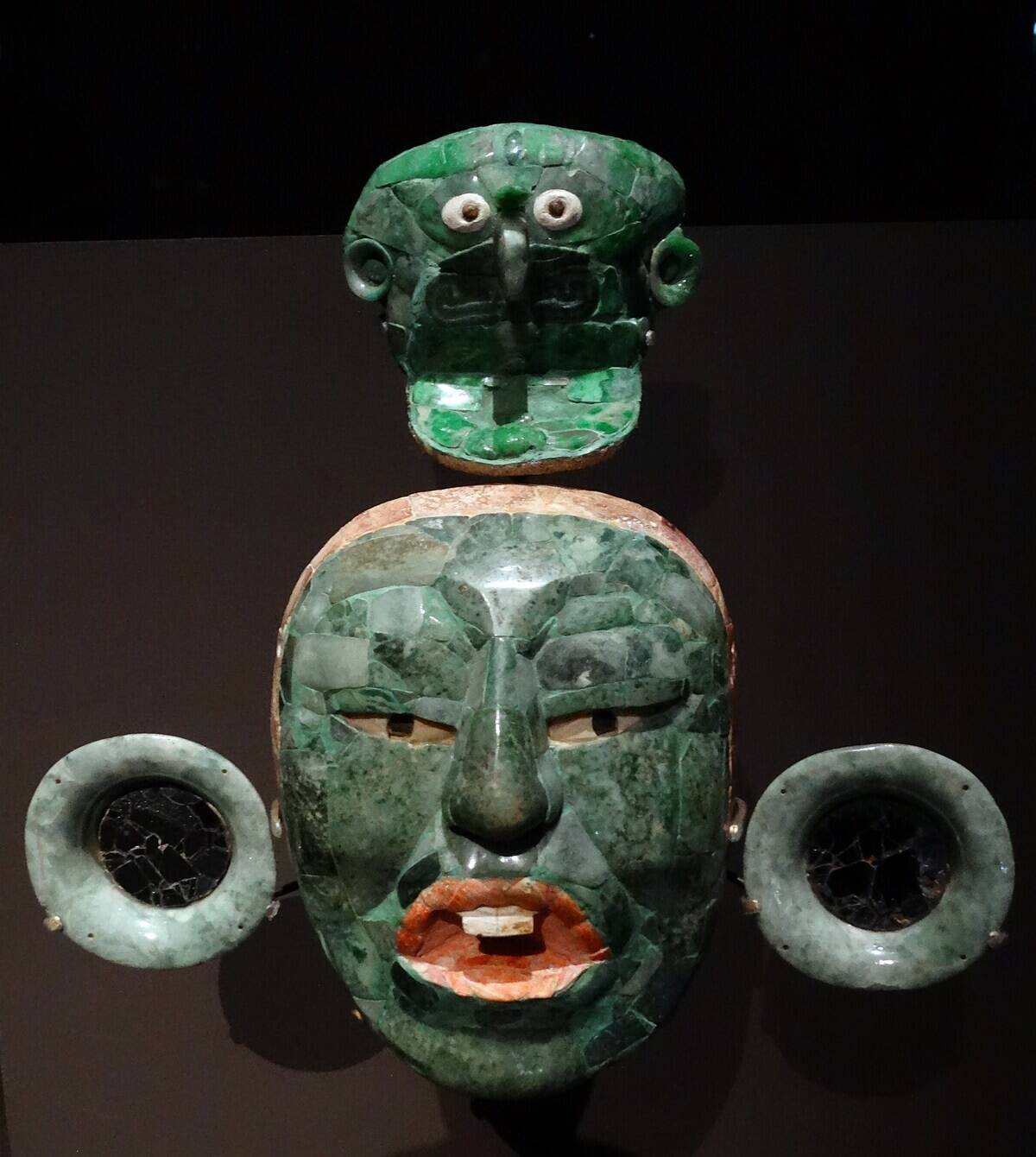
The ancient Maya had a unique approach to dental beauty: adorning their teeth with gemstones. Using a natural adhesive, they embedded jade and other stones into their teeth, creating a dazzling smile. This practice was not only a status symbol but also a way to express individuality. The Mayan’s innovative dental art reflects their advanced understanding of aesthetics and continues to inspire modern body art.
The Georgian Era’s False Eyelashes Made from Strips of Fabric
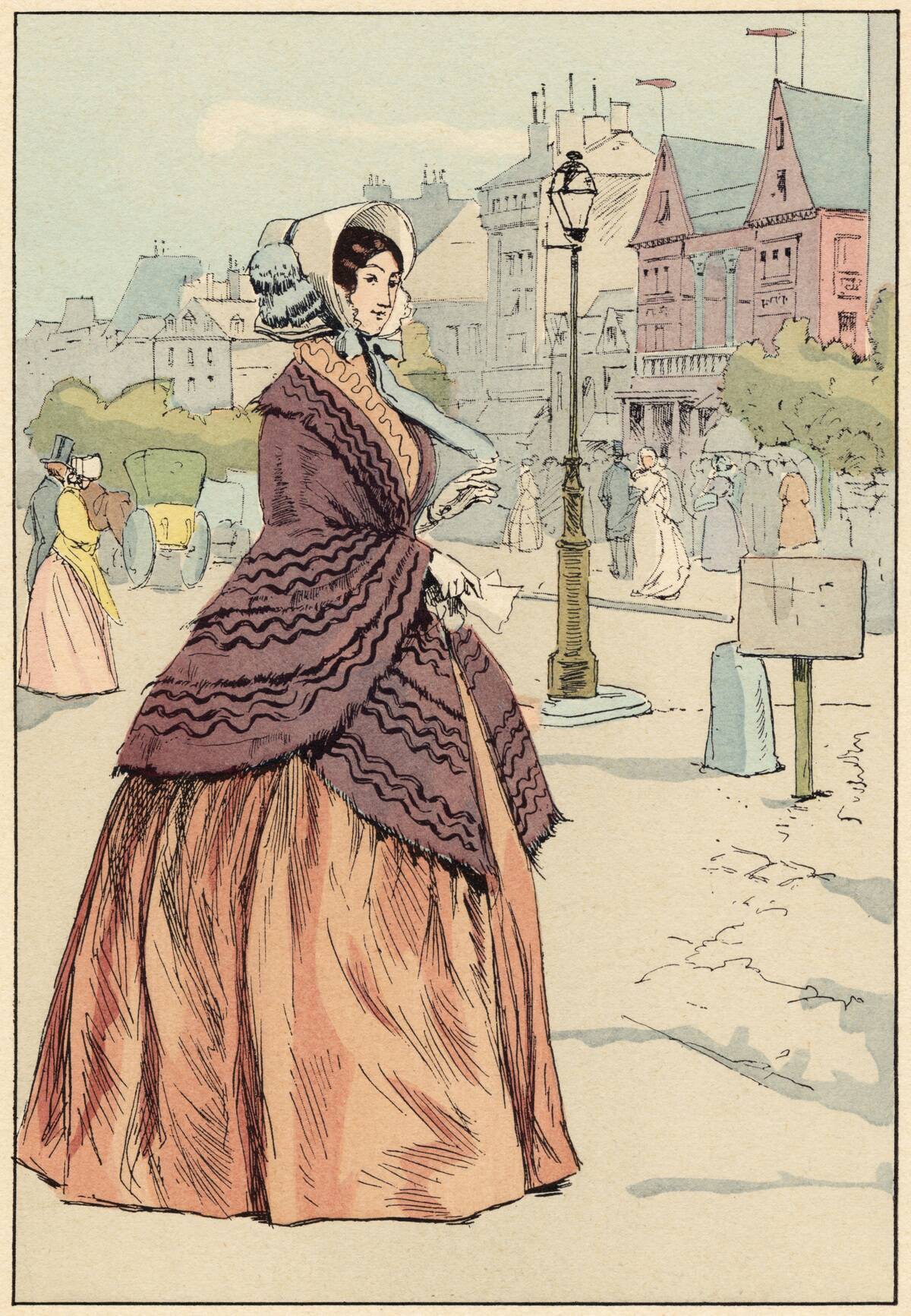
In the Georgian era, women sought to enhance their eyelashes, leading to the invention of false lashes made from fabric strips. These early false lashes were glued to the eyelids to create a fuller look, an innovation that paved the way for today’s eyelash extensions. Despite their primitive design, these fabric lashes highlight the enduring desire for dramatic eyes and the evolution of beauty enhancements over time.
The Strange Appeal of Snail Slime in Ancient Greece
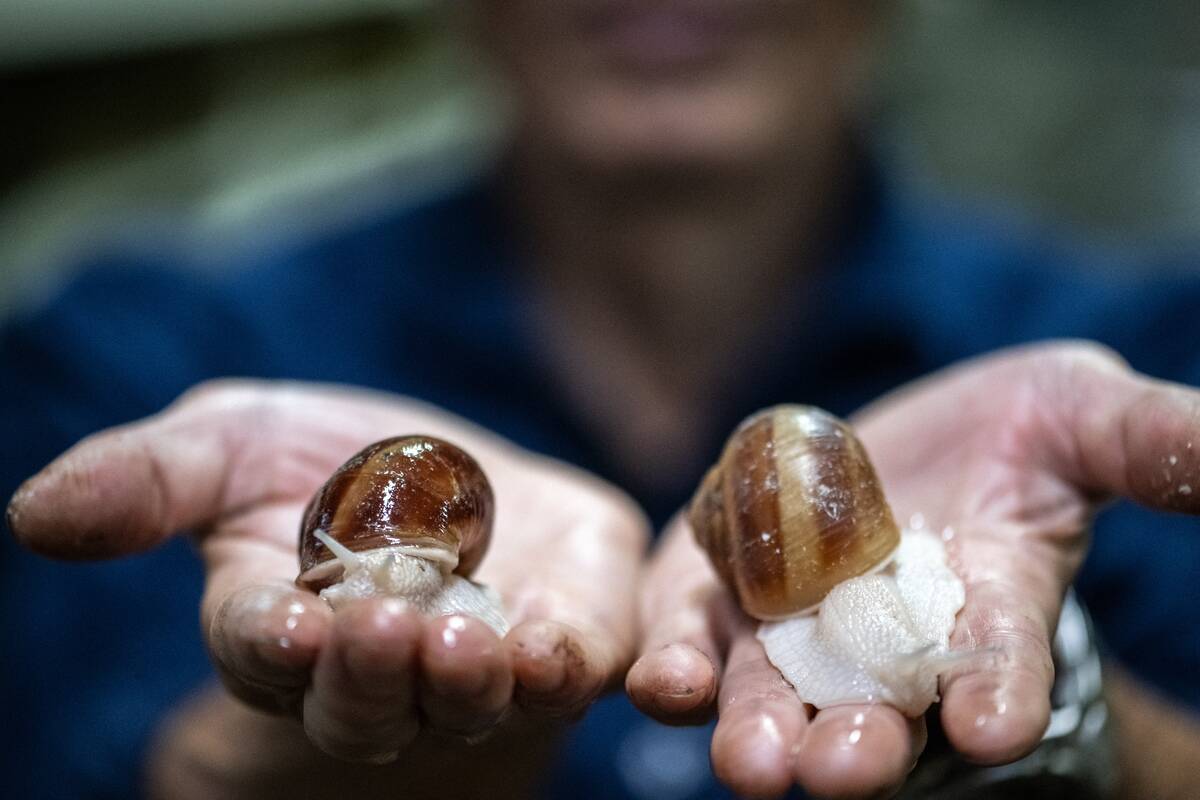
Snail slime might seem like a modern skincare trend, but its roots trace back to ancient Greece. Known for its moisturizing and healing properties, snail mucin was used to treat wounds and improve skin texture. This ancient practice has seen a resurgence in recent years, with snail-infused products gaining popularity worldwide. It shows how some ancient beauty secrets can find new life in modern skincare routines.



